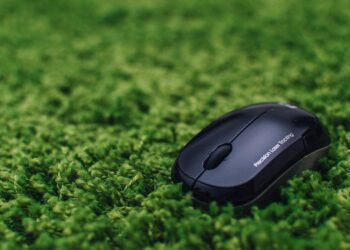With the increasing use of mobile devices to access websites, responsive web design has become more important than ever. It is no longer enough to have a website that looks good on a desktop computer – it must also be easily navigable and user-friendly on smartphones and tablets. Mastering the art of responsive web design is crucial for any web designer or developer looking to create a successful and effective website.
Here are some tips and tricks to help you master the art of responsive web design:
1. Start with a mobile-first approach: When designing a website, it’s important to think about the mobile experience first. This means designing for smaller screens first and then scaling up for larger screens. This approach forces you to prioritize what content is most important and ensures that the website will be accessible and user-friendly on all devices.
2. Use a responsive framework: There are many responsive frameworks available, such as Bootstrap or Foundation, that can help you quickly and easily create a responsive website. These frameworks provide a grid system and pre-designed components that make it easy to ensure that your website looks good on all devices.
3. Use media queries: Media queries allow you to apply different styles to different screen sizes, ensuring that your website is responsive and adapts to different devices. By using media queries, you can adjust the layout, font sizes, and other styling elements to ensure that your website looks good on any device.
4. Test on multiple devices: It’s important to test your website on multiple devices to ensure that it is truly responsive. This means testing on different smartphones, tablets, and desktop computers to make sure that your website looks good and functions correctly on all devices.
5. Optimize images and assets: To ensure that your website loads quickly on all devices, it’s important to optimize images and assets for the web. This means using smaller image sizes, compressing images, and reducing the number of HTTP requests to speed up load times on mobile devices.
6. Focus on performance: In addition to optimizing images and assets, it’s important to focus on overall performance when designing a responsive website. This means reducing the number of plugins and scripts, optimizing code, and using caching techniques to improve load times on all devices.
By following these tips and tricks, you can master the art of responsive web design and create websites that are accessible, user-friendly, and effective on all devices. Responsive web design is essential in today’s mobile-centric world, and by incorporating these techniques into your design process, you can ensure that your websites are ready for the future.








